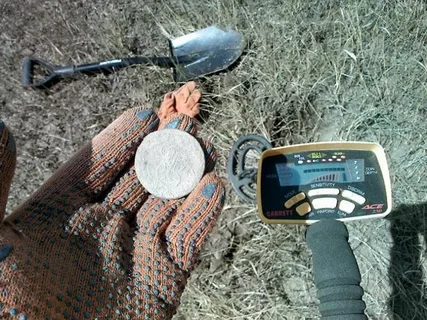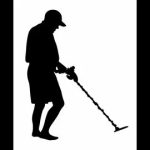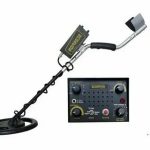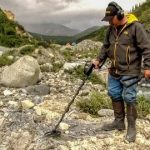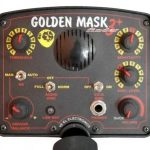Gold equipment is essential for successful mining operations, as it plays a crucial role in the extraction and processing of gold. The right equipment can increase efficiency, productivity, and yield, while also ensuring the safety of miners. From prospecting to extracting and refining, having the right tools and equipment can make all the difference in the success of a mining operation. In this article, we will explore the essential gold equipment necessary for successful mining operations.
Successful mining operations require essential gold equipment such as a reliable metal detector, a sturdy shovel, a gold pan, sniffer bottle, and a classifier screen. Other crucial equipment includes a rock hammer, a chisel, and a pick. These tools help miners to effectively locate, extract, and process gold using proven techniques. Additionally, safety gear, including gloves, goggles, and sturdy footwear, is essential for protecting miners during operations.
The Essential Gold Equipment Every Prospector Needs
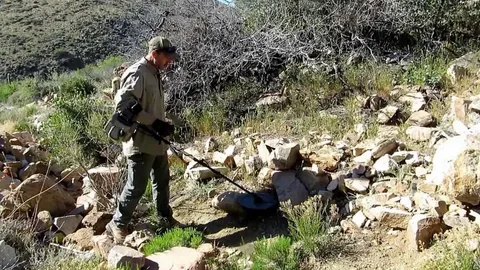
The essential gold equipment every prospector needs includes a gold pan, a shovel, a classifier, a gold snifter bottle, and a pair of tweezers. A reliable metal detector and a gold prospecting book or guide are also essential tools for successful prospecting. A sturdy backpack and durable boots are important for long days of outdoor exploration. Additionally, having a GPS device and emergency supplies for safety is crucial.
Top 10 Must-Have Gold Prospecting Tools and Gear
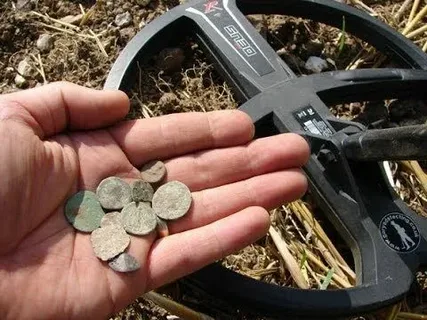
1. Gold Pan: A crucial tool for gold prospecting, used to sift through gravel and sediments to find small traces of gold.
2. Sluice Box: A long, narrow box used to channel water and trap gold particles, making the process of gold panning more efficient.
3. Metal Detector: An essential tool for locating gold nuggets and other metallic objects buried beneath the surface.
4. Backpack: A sturdy backpack is essential for carrying all the necessary gold prospecting equipment, including tools, snacks, and water.
5. Shovel and Pickaxe: These tools are used for digging and breaking up hard ground in search of gold deposits.
6. Classifier Screens: These are used to filter out larger rocks and debris from the soil, making gold panning more effective.
7. Magnet: A strong magnet is useful for quickly separating magnetic black sands from gold particles.
8. Snuffer Bottle: This small, handy tool is used for sucking up gold flakes and dust from the bottom of a pan or sluice box.
9. Safety Gear: Protective gear such as gloves, safety glasses, and boots are essential for staying safe while gold prospecting.
10. GPS and Maps: These tools are essential for navigating the wilderness and finding potential gold-bearing locations.
How to Choose the Right Gold Panning Equipment for You

When choosing the right gold panning equipment for you, consider factors such as the type of gold panning you will be doing, the location where you will be panning, and your budget. If you will be panning in a river or stream, a simple pan and classifier may be sufficient. However, if you plan to do more intensive gold panning, a sluice box or gold panning kit may be more suitable. Additionally, consider the size and weight of the equipment, as well as any additional tools or accessories you may need to accompany your gold panning equipment. Researching different options and reading reviews from experienced gold panners can also help you make an informed decision. Ultimately, the right gold panning equipment for you will depend on your individual needs and preferences.
Gold Mining Equipment: From Sluice Boxes to Metal Detectors
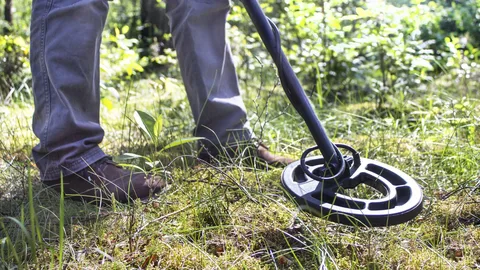
Gold mining equipment includes a wide range of tools and machinery designed to extract gold ore from the ground. Some common equipment used in gold mining includes sluice boxes, which are used to separate gold from other sediment and minerals. Metal detectors are also commonly used to locate gold deposits underground. Other equipment may include dredges, gold pans, and crushers for processing larger quantities of ore. Overall, gold mining equipment is essential for efficiently and effectively extracting gold from the earth.
The Best Dredging Equipment for Finding Gold in Rivers and Streams
The best dredging equipment for finding gold in rivers and streams typically includes a simple hand dredge or a more advanced suction dredge. Hand dredges are compact and easy to use, making them ideal for beginners. Suction dredges, on the other hand, are more powerful and can process a larger volume of material, making them suitable for experienced gold prospectors.
In addition to the dredge itself, other essential equipment for gold dredging includes a sluice box, which helps capture and separate gold from other sediments, and a classifier to screen out larger rocks and debris. It’s also important to have proper safety gear, such as waders and a personal flotation device, when using dredging equipment in rivers and streams.
Before using any dredging equipment, it’s crucial to research and understand the local regulations and laws regarding gold prospecting and dredging in the area where you plan to search for gold. This may include obtaining permits or permissions from the appropriate authorities.
Ultimately, the best dredging equipment for finding gold in rivers and streams will depend on the individual prospector’s experience level, budget, and the specific characteristics of the gold-bearing environment they are exploring. Regardless of the equipment chosen, thorough research, proper technique, and adherence to regulations are essential for a successful and responsible gold dredging experience.
Gold Smelting Equipment: Turning Raw Ore into Precious Metal
Gold smelting equipment is essential for turning raw ore into precious metal. This equipment allows for the purification of gold ore into a desirable form, such as ingots or bullion. The process involves the use of high temperatures to melt the raw ore and separate the impurities from the gold. Commonly used equipment includes crucibles, flux, furnaces, and molds. Crucibles are heat-resistant containers used for melting the raw ore, while flux is added to the molten mixture to draw out impurities. Furnaces provide the high temperatures needed for smelting, and molds are used to shape the purified gold into specific forms. Overall, gold smelting equipment is crucial for transforming raw ore into valuable gold metal.
The Ultimate Guide to Gold Trommel Machines and Equipment
The Ultimate Guide to Gold Trommel Machines and Equipment provides comprehensive information on the various types of gold trommel machines available in the market and their applications in gold mining and prospecting. The guide covers the different sizes, capacities, and features of gold trommels, as well as their advantages and disadvantages. It also offers insights on selecting the right trommel for specific mining operations, maintenance tips, and recommended equipment to complement the trommel for efficient gold recovery. Whether you are a novice or experienced miner, this guide aims to be a valuable resource for understanding and utilizing gold trommel machines for successful gold mining endeavors.
Portable Gold Mining Equipment for Adventurous Prospectors
See also: a gold detector
Portable gold mining equipment is designed for prospectors who want to take their work on the go. These devices are lightweight and easy to transport, allowing users to explore remote areas and access hard-to-reach gold deposits. Portable gold mining equipment typically includes tools such as gold pans, sluice boxes, and metal detectors, as well as small-scale mining machinery like trommels and dredges. These portable devices are ideal for adventurous prospectors who want to have the flexibility to mine gold in different locations without being tied down to a fixed operation.
Pros and Cons of Using High-Tech Gold Detecting Equipment
Pros:
– High-tech gold detecting equipment can be more accurate and sensitive, making it easier to locate smaller or deeper deposits of gold.
– Advanced technology can provide more precise readings and reduce the risk of false signals, saving time and effort during the prospecting process.
– Some high-tech detectors have additional features such as GPS tracking and digital mapping, which can help prospectors keep track of their finds and exploration efforts.
Cons:
– High-tech gold detecting equipment tends to be more expensive than traditional or basic detectors, which can be a barrier for some prospectors, especially beginners.
– Advanced technology may come with a steeper learning curve, requiring users to invest time in understanding the features and settings of the equipment.
– Despite their sensitivity, high-tech detectors can still be affected by environmental factors such as mineralization or interference, potentially leading to inaccuracies in readings.
Where to Buy Affordable and Reliable Second-Hand Gold Equipment
You can find affordable and reliable second-hand gold equipment at various sources such as mining equipment auctions, online marketplaces like eBay or Craigslist, pawn shops, and specialized gold mining equipment stores. Additionally, you can also check out local classified ads or community bulletin boards for individuals looking to sell their lightly used gold equipment. It’s important to thoroughly research the seller and inspect the equipment in-person if possible to ensure its quality and reliability.

